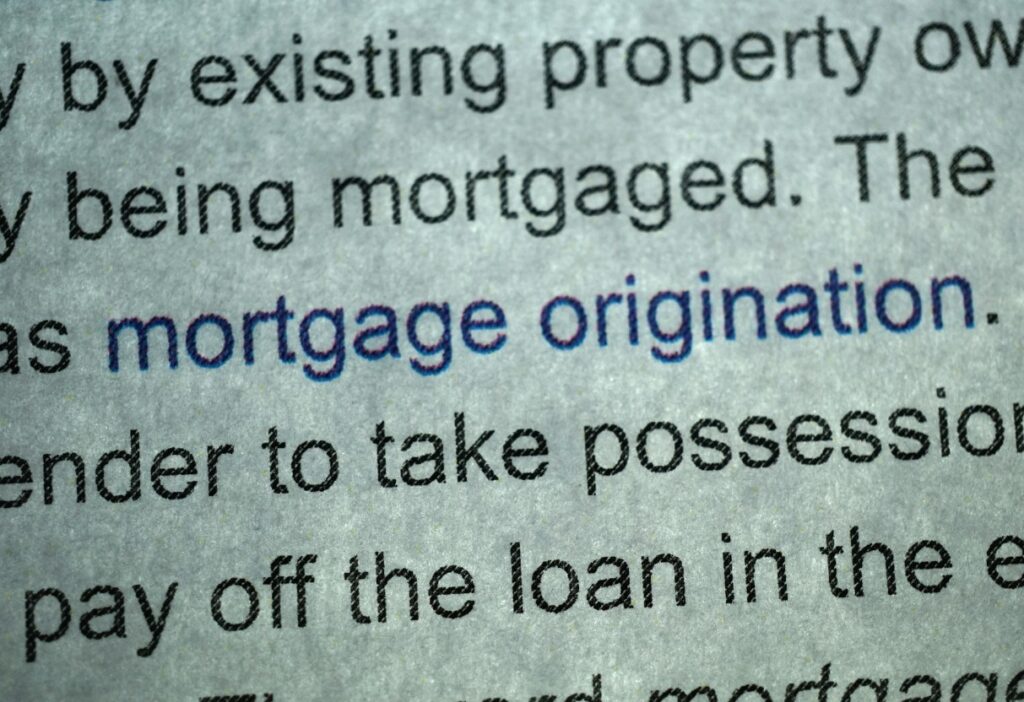Anúncios
Paying off your mortgage early can save you a lot of money in interest and help you own your home sooner.
Many homeowners don’t realize that even small extra payments can make a big difference over time.

With the right strategies, homeowners can cut years off their mortgage and save thousands of dollars without stretching their budget too thin.
These methods don’t require financial expertise – just some planning and commitment to paying more than the minimum when possible.
The benefits of an early mortgage payoff extend beyond savings. Eliminating this major debt can reduce stress, increase financial flexibility, and help people reach other important money goals like retirement planning or funding education.
Understanding Mortgage Basics
Before tackling strategies to pay off your mortgage faster, it’s essential to grasp how mortgages work.
Understanding the relationship between principal and interest, how payments change over time, and the impact of interest rates will help you make better decisions.
Principal vs. Interest
The mortgage payment you make each month consists of two main parts: principal and interest.
The principal is the actual amount you borrowed to purchase your home. The interest is the fee you pay to the lender for borrowing that money.
When you first start paying your mortgage, a larger portion goes toward interest rather than principal. This can be surprising to many homeowners.
For example, on a $300,000 30-year mortgage at 4% interest, your first payment might include only $500 toward principal and $1,000 toward interest.
As you continue making payments, this ratio gradually shifts. Later in your loan term, you’ll pay more toward principal and less toward interest.
Amortization Schedule Insights
An amortization schedule shows how each payment is divided between principal and interest over the life of your loan.
This detailed payment breakdown reveals important information about your mortgage.
Key elements of an amortization schedule:
- Payment number
- Payment amount
- Principal portion
- Interest portion
- Remaining balance
By examining this schedule, you can see exactly when extra payments will have the biggest impact.
Making additional payments early in your loan term reduces the principal faster and decreases the total interest paid.
Most lenders provide this schedule upon request, or you can generate one using online calculators.
The Impact of Interest Rates
Even small differences in interest rates can significantly affect your mortgage costs. A lower rate means more of each payment goes toward principal from the beginning.
Example: 30-year $300,000 mortgage
| Interest Rate | Monthly Payment | Total Interest Paid |
|---|---|---|
| 3.5% | $1,347 | $184,968 |
| 4.0% | $1,432 | $215,609 |
| 4.5% | $1,520 | $247,220 |
Just a 0.5% lower interest rate can save you more than $30,000 over the life of your loan.
This is why refinancing can be beneficial when rates drop.
Your credit score directly affects your interest rate. Maintaining good credit can help you qualify for better rates when buying or refinancing a home.
Strategies to Accelerate Your Mortgage Payments

Paying off your mortgage faster requires a strategic approach that can save you thousands in interest payments. These proven methods can help homeowners become debt-free sooner without straining their finances.
Extra Payments on Principal
Making additional payments directly toward your loan’s principal balance is one of the most effective strategies. Even small extra amounts can make a big difference over time.
For example, adding just $100 per month to your regular payment could shorten a 30-year mortgage by several years.
This works because the extra money reduces the principal balance immediately, which means less interest accumulates.
Be sure to specify that any extra payment should be applied to the principal. Some lenders require special instructions or separate transactions for principal-only payments.
Important tip: Check if your mortgage has prepayment penalties before starting this strategy. Most modern loans don’t have these fees, but it’s worth confirming.
Many homeowners find success by using windfall money—like tax refunds, work bonuses, or inheritance—for occasional larger principal payments.
Biweekly Payment Plans
Biweekly payment plans involve paying half of your monthly mortgage amount every two weeks instead of making one full payment each month.
This simple change results in 26 half-payments annually—equivalent to 13 monthly payments instead of 12.
This approach works well for people paid biweekly. The payment schedule aligns with their income cycle, making budgeting easier.
The extra annual payment goes directly to reducing the principal. On a 30-year mortgage, this strategy typically saves 4-5 years off the loan term.
Some lenders offer formal biweekly programs, though they may charge setup or service fees. Homeowners can achieve the same results without fees by:
- Making regular monthly payments
- Adding 1/12 of a payment amount each month
- Making one extra full payment at year-end
Refinancing for a Shorter Loan Term
Refinancing from a 30-year to a 15-year mortgage dramatically reduces the time to payoff and the total interest paid. The monthly payments will be higher, but the savings are substantial.
Example comparison:
| Loan Term | Interest Rate | Monthly Payment | Total Interest (on $250,000) |
|---|---|---|---|
| 30-year | 4.5% | $1,267 | $206,017 |
| 15-year | 4.0% | $1,849 | $82,860 |
Shorter-term loans typically offer lower interest rates, which compounds the savings. This strategy works best when interest rates have dropped significantly since the original mortgage was obtained.
Before refinancing, homeowners should carefully evaluate closing costs. The savings should justify these expenses, which typically range from 2-5% of the loan amount.
Leveraging Financial Tools and Services

Several modern tools and services can make your mortgage payoff journey more strategic and efficient. These resources help you understand the true impact of extra payments and connect you with specialized services designed for homeowners looking to become debt-free faster.
Using Mortgage Calculators
Mortgage calculators provide clear insights into how different payment strategies affect your loan.
These free online tools show exactly how much interest you can save by making extra payments.
For example, adding just $100 monthly to a $300,000, 30-year loan at 4% interest can help you pay off your mortgage 4 years earlier and save over $27,000 in interest.
Most calculators allow you to:
- Compare biweekly vs. monthly payment schedules
- Calculate the impact of one-time lump sum payments
- See an updated amortization schedule
- Determine your break-even point for refinancing
These tools eliminate guesswork and help homeowners make data-driven decisions about their payment strategy.
Home Loan Services for Early Repayment
Several financial services specifically support accelerated mortgage payoff goals.
Biweekly payment services automatically withdraw half your monthly payment every two weeks, resulting in 13 full payments yearly instead of 12.
Some banks offer round-up programs that link to checking accounts. These programs round purchases to the nearest dollar and apply the difference to your mortgage principal.
Refinancing services can help qualified homeowners switch to shorter loan terms. Moving from a 30-year to a 15-year mortgage typically raises monthly payments but dramatically cuts total interest paid.
Common Early Repayment Services:
- Automatic biweekly payment programs
- Principal-focused payment processors
- Mortgage recasting (keeping your loan but resetting payments after a large principal reduction)
- Home equity management accounts
Always review fees before enrolling in any service to ensure costs don’t outweigh benefits.
Planning for the Future

Looking beyond your monthly payments reveals opportunities to align your mortgage payoff strategy with your broader financial goals. Smart planning today can lead to significant freedom and security tomorrow.
Building a Mortgage-Free Financial Plan
Creating a clear roadmap is essential for achieving a mortgage-free future.
Start by setting a target payoff date that challenges you but remains realistic. Many homeowners find success using a debt snowball approach – paying off smaller debts first, then redirecting those payments toward the mortgage.
Consider meeting with a financial advisor to integrate your mortgage strategy with retirement planning. This ensures you’re not sacrificing other important goals like building your emergency fund or retirement savings.
Track your progress monthly using a simple spreadsheet or mortgage calculator. Seeing the declining balance and saved interest can provide motivation to stay the course.
Long-Term Savings and Benefits
Eliminating your mortgage creates significant financial benefits. The average homeowner saves $100,000-$200,000 in interest over the life of a 30-year loan by paying it off early.
These savings can be redirected toward:
- Building retirement accounts
- Funding education expenses
- Establishing passive income streams
- Creating a robust emergency fund
The psychological benefits are equally valuable. Homeowners report reduced stress and increased financial confidence once their mortgage is eliminated.
Research shows mortgage-free individuals have more flexibility to change careers, start businesses, or reduce work hours as they approach retirement age. This freedom represents the true long-term benefit of an aggressive mortgage payoff strategy.